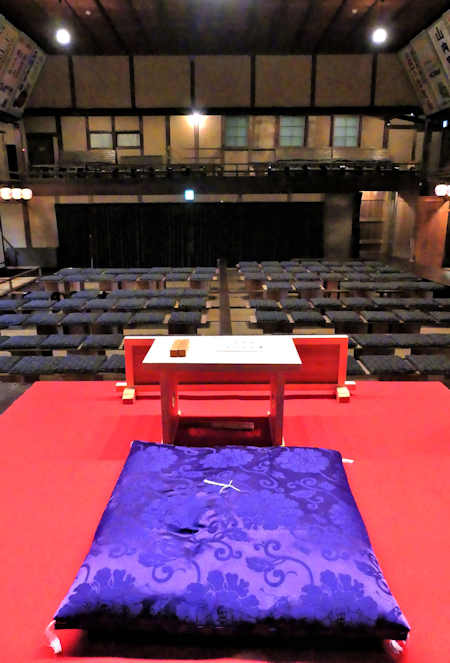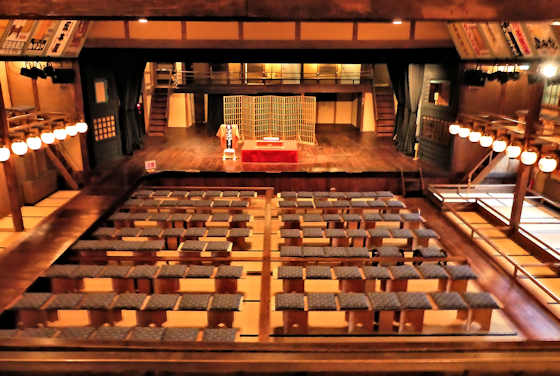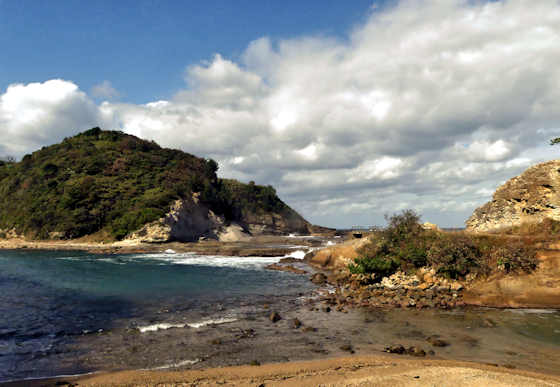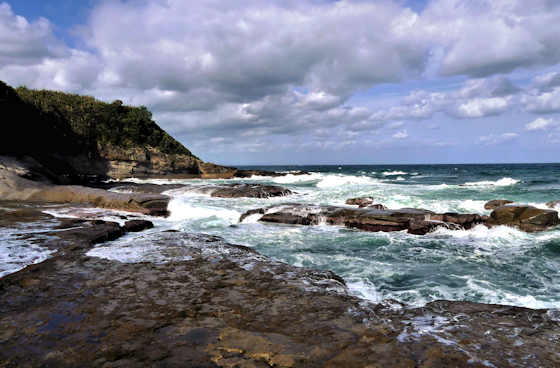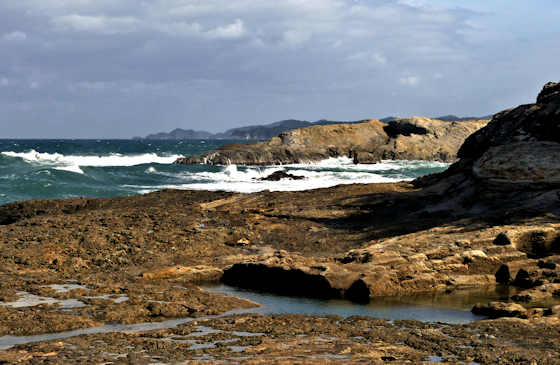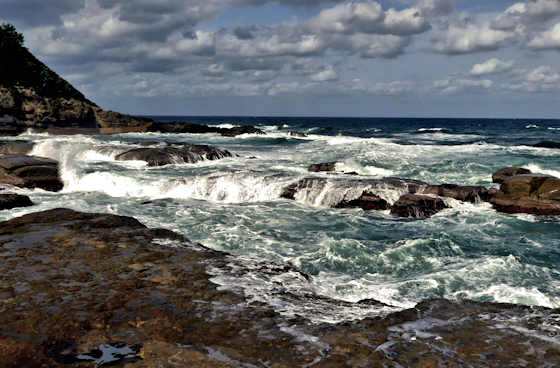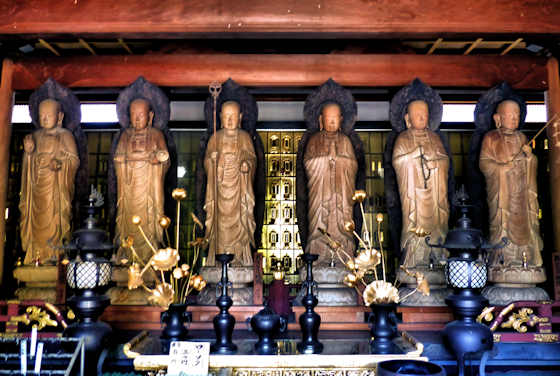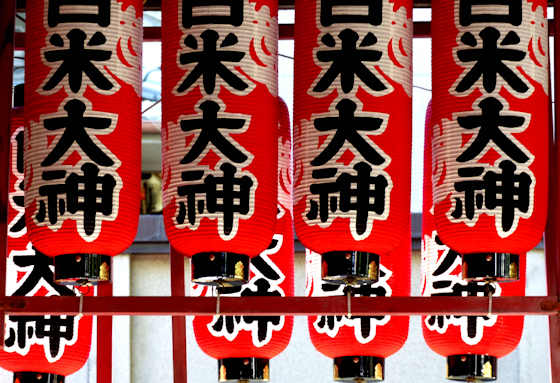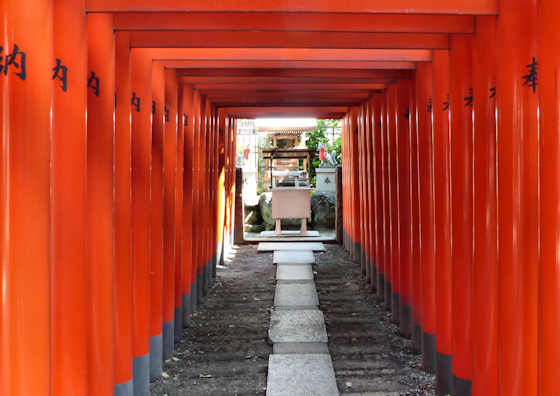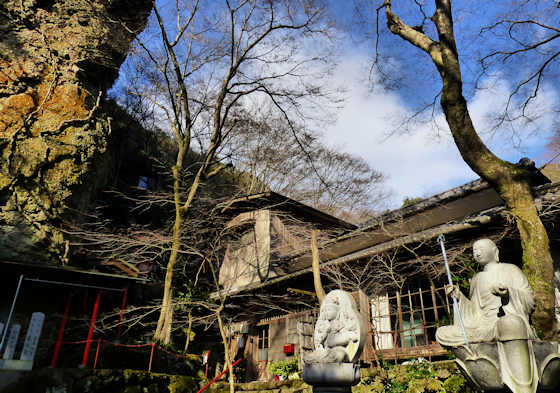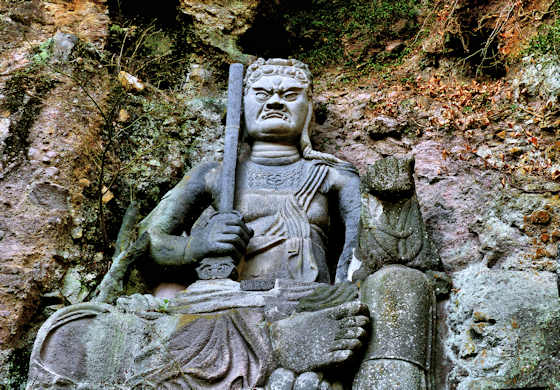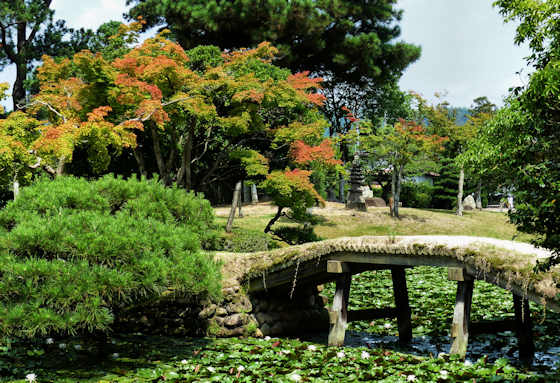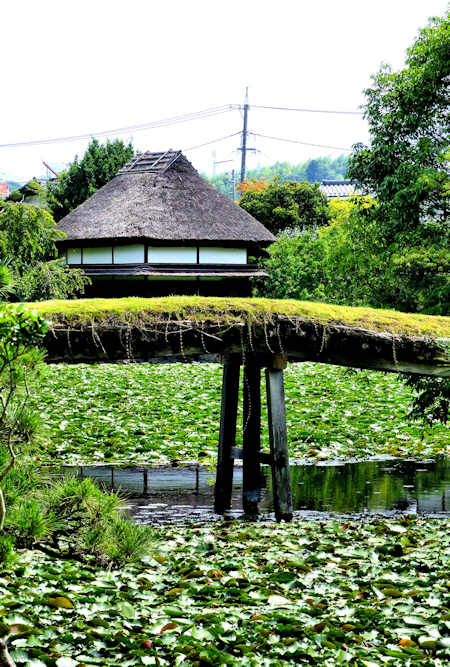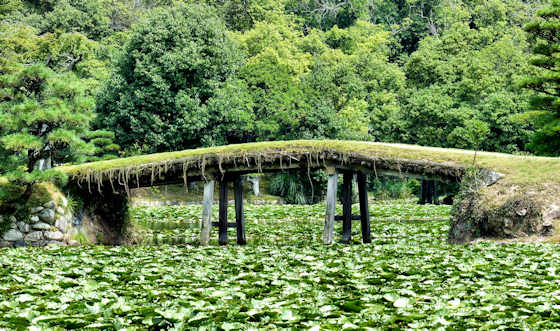Eirakukan Kabuki Theatre
Located in the former castle town of Izushi in northern Hyogo, the Eirakukan is a traditional Japanesekabuki theatre open to the public.
Built in 1901 it is the oldest kabuki theatre in Kansai, and the oldest kabuki theatre in Japan still standing on its original site.
The theatre closed down in 1968 and was then renovated and restored and opened again in 2008 and while there are occasional perfrmances, it is primarily a tourist site now.
All parts of the theatre can be explored by visitors, including te stage and backstage areas. A highlight is going underneath the stage to see how the revolving stage, the mawari-butai, is operated.
There is a lot of advertising, inside and out, not just for the famous kabuki actors, but mostly for the sponsors and local companies.
I was maybe not as impressed as many visitors, probably because I had previously visited a couple of larger kabuki theatres down in Kyushu. The Kaho Gekijo Theatre in Iizuka, Fukuoka, has the largest revolving stage in Japan, and the Yachiyo-za in Yamaga, Kumamoto, both are somewhat larger than the Eirakukan.



